In this article, we’ll look at why parents who shop for babies turn to blue-colored products for boys and pink-colored products for girls. We can say that the tradition in question has gone through a period of ups and downs.
Today, parents 16 to 20 weeks When they do, they can have information about their gender. After that, they shop for their babies before birth. At this point, it is mostly the parents who are going to have daughters. pink colored products, and those expecting a baby boy. blue We see that he is turning to colorful products. So why are these colors chosen?
Let’s say from the beginning, in this article or any source you will look at on the internet, there is no information about this subject. clear answers You are unlikely to find it. Because researchers are still working on this issue. But we have, which is thought to cause this situation. pretty strong reasons exists.
Let’s start at the very beginning: How did babies and children dress when color options were not so common?
- Franklin D. Roosevelt (1884)
He is a historian at the University of Maryland and has a book written on the subject of our content. by Jo B. Paoletti for all children, boys or girls, for centuries, they say. white Dresses are preferred. So there was no gender discrimination.
But why the white dress?
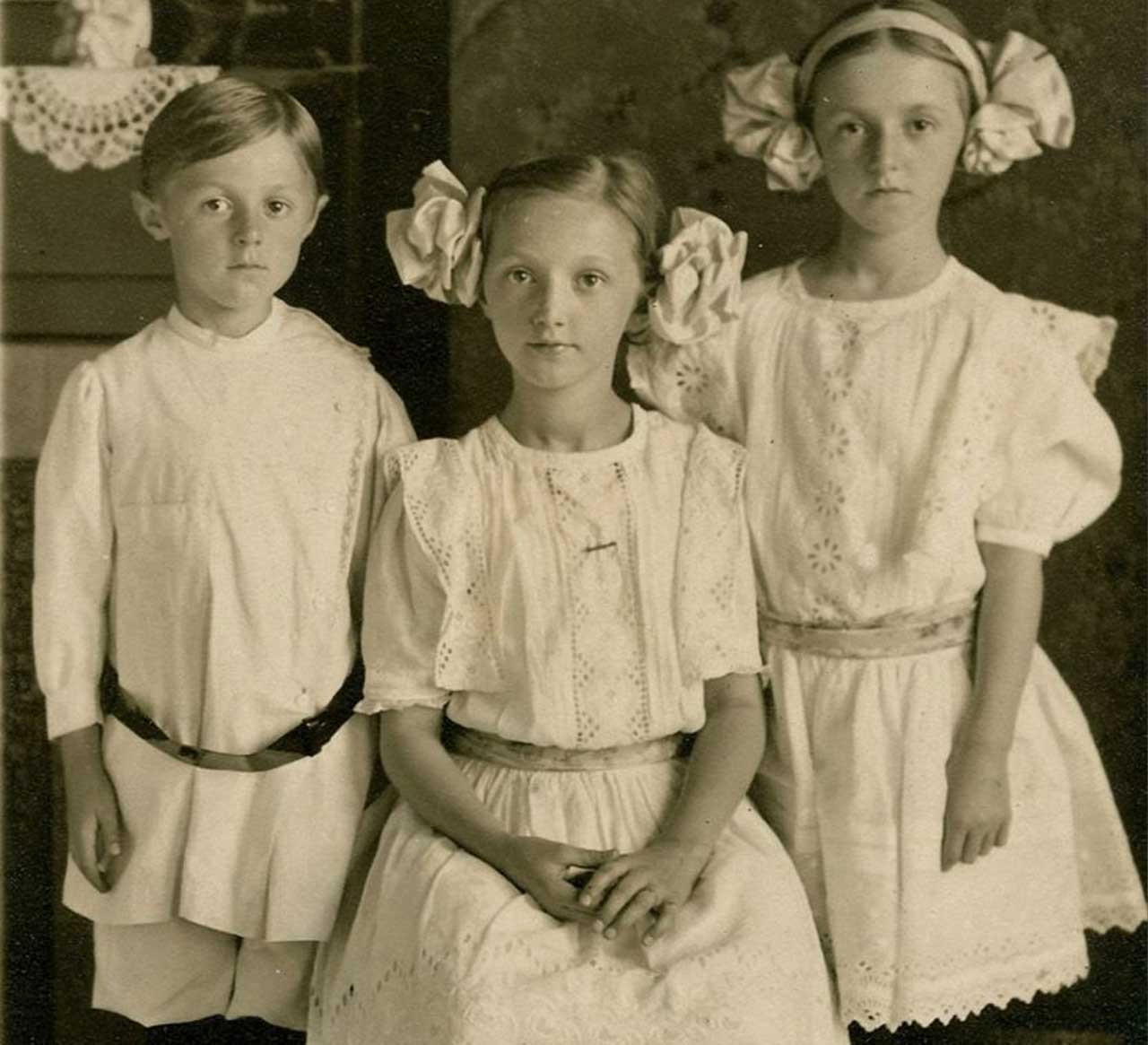
The reason for this is, again, according to Paoletti’s statements. diaper change bleaching clothes for ease and without fear of discoloration. it could be washed. So it was a practical solution for all parents.
When did children wearing white start wearing different clothes?
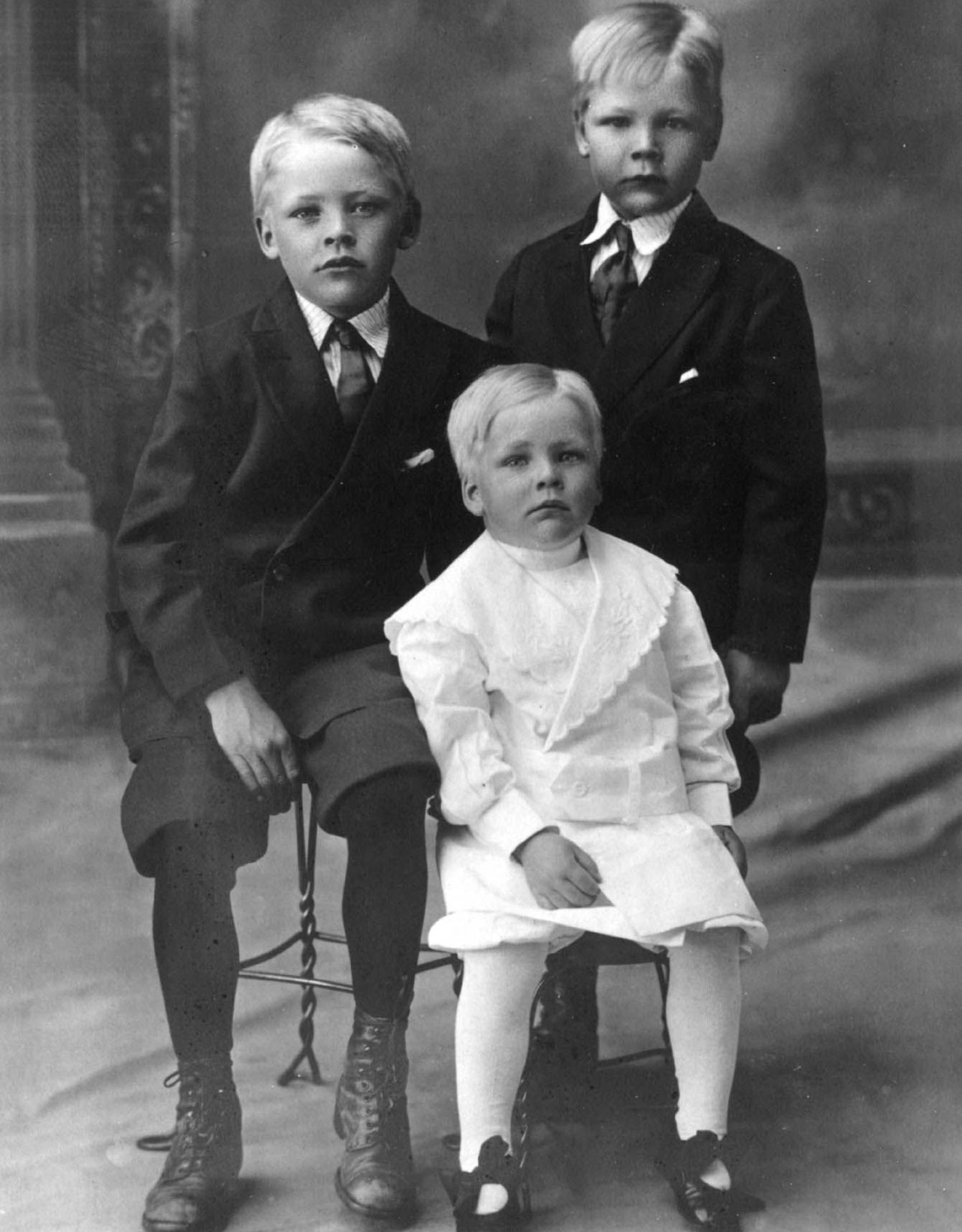
It’s a habit, guys 6 years old continued until it arrived. After that, they did not choose a certain color according to their gender. Boys gravitated to the type of clothes their fathers wore, and girls to their mothers. First haircuts It was done when they were 6 years old.
When we look at the old video records, the children also like adults We see you dressed. We can see this as an example of the situation we are talking about.
Pastel colors slowly became popular. When they became common, it wasn’t said overnight that “blue is for boys, pink is for girls”. In fact, the opposite of what we thought happened:
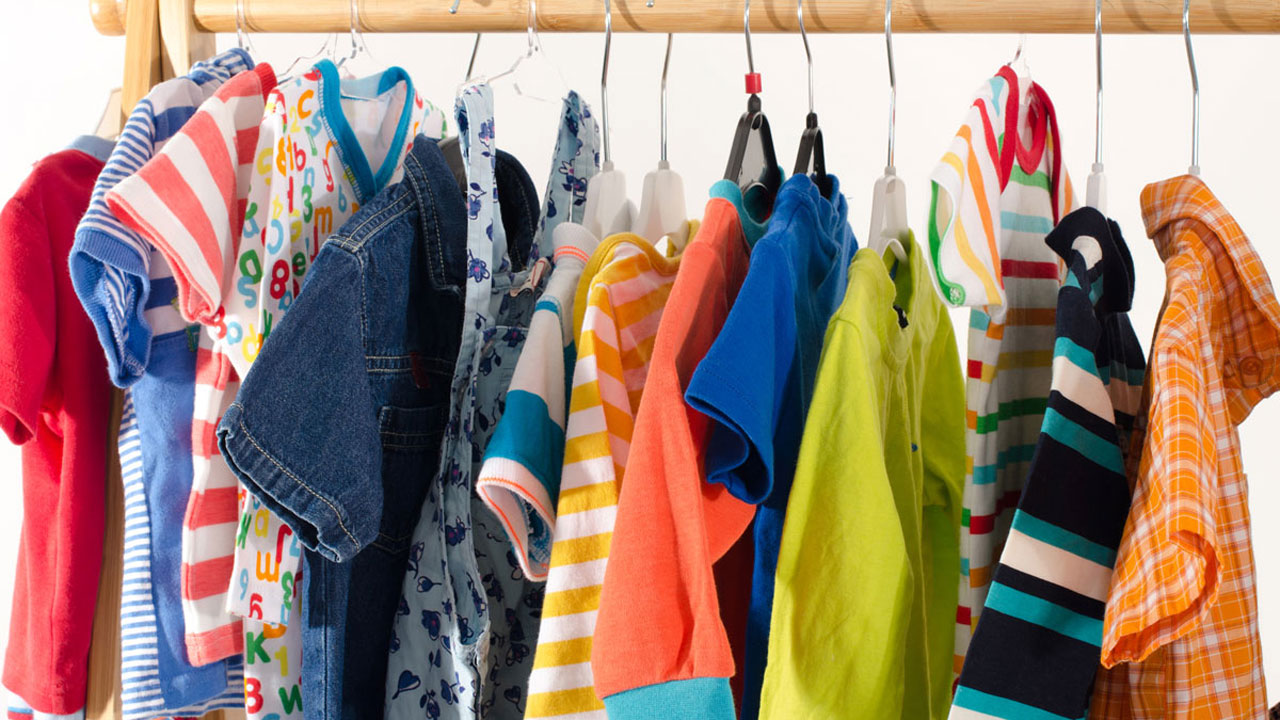
There is one point we must keep in mind. It is also the pastel colors that are commonly seen in clothes. only the fact that it did not appear in blue and pink. It took quite a long time for blue and pink to become exclusive to certain things, as there were many other colors in between. When colors are common in baby clothes mid 1800’s.
As we can guess here, different colors were preferred for the little ones, regardless of gender. in the 1900s However, things began to change radically.
It was argued that the pink color is for boys and the blue color is for girls. Along with the reasons
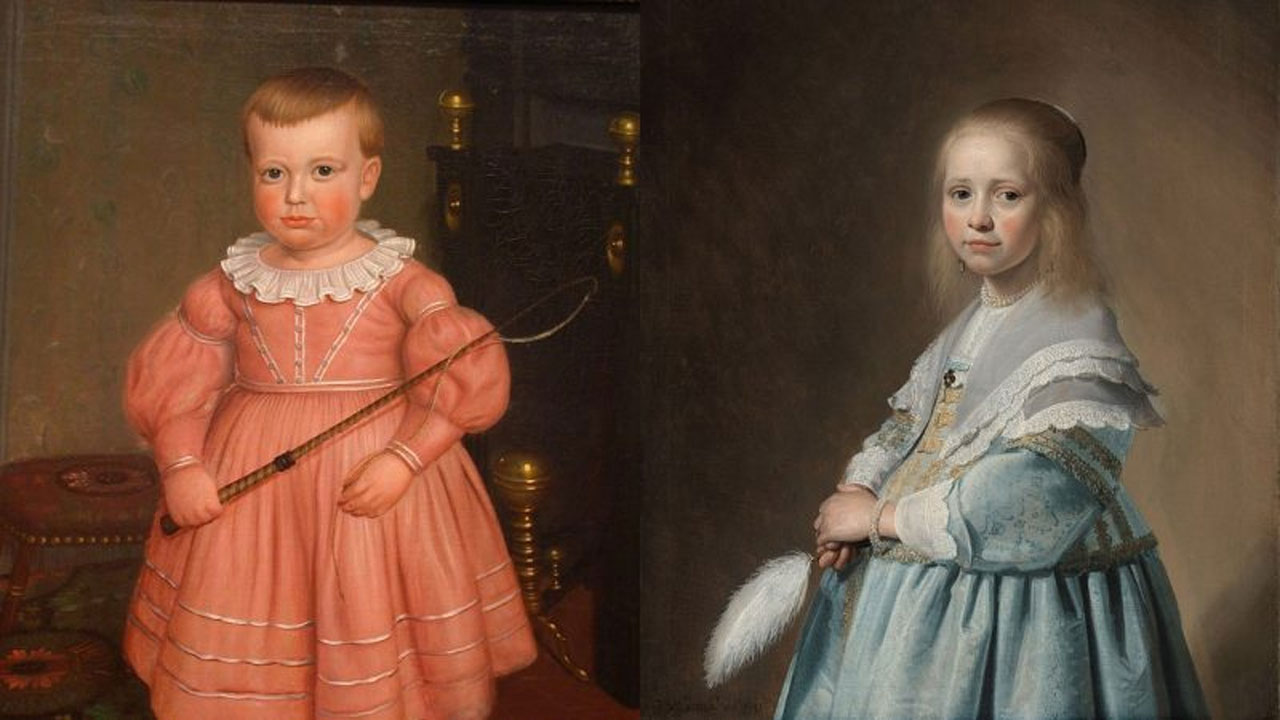
Earnshaw’s Infant Department publication in June 1918 “blue for girls and pink for boysHe said it was. The reason for this is, according to the information of the same publication, more elegant than blue and perceived as soft pink is stronger and having a solid color.
Then TIME magazine shared a table that supports this.
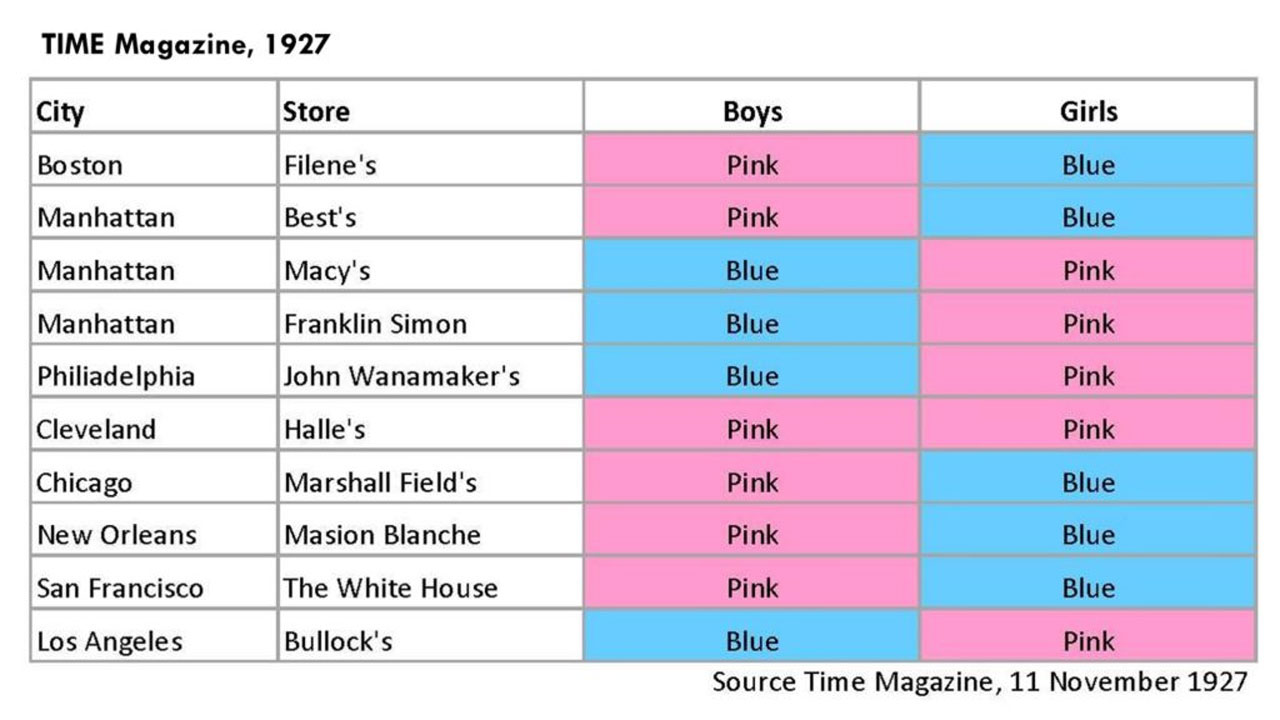
This painting shared in 1927, gender-appropriate colors contained. The information used in this table is obtained from leading US clothing vendors. This information supported boys to wear pink and girls to wear blue.
But these were not explanations that were accepted by everyone, of course. Since color discrimination by gender is not widespread yet, it is more ‘eye or hair color‘ clothes were discussed.
After the Second World War, in the 1940s, today’s ‘pink for girls, blue for boys’ mentality prevailed:
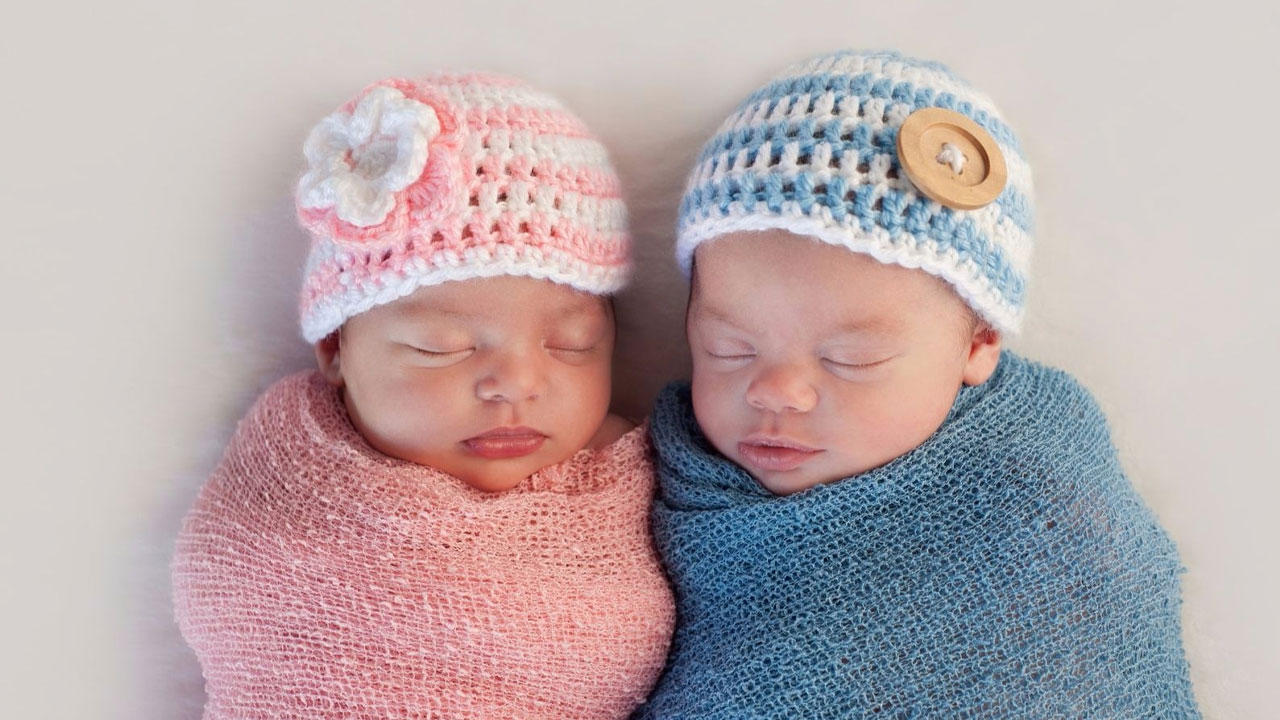
At this point, Paoletti marketing related says it is. Because after the war in question, pink colors were preferred in every product for women. From here on, the color pink has been seen as more suitable for non-masculine situations over time.
By 1960, it was a little bit back to the past. This was mainly caused by the gender inequality of the time.
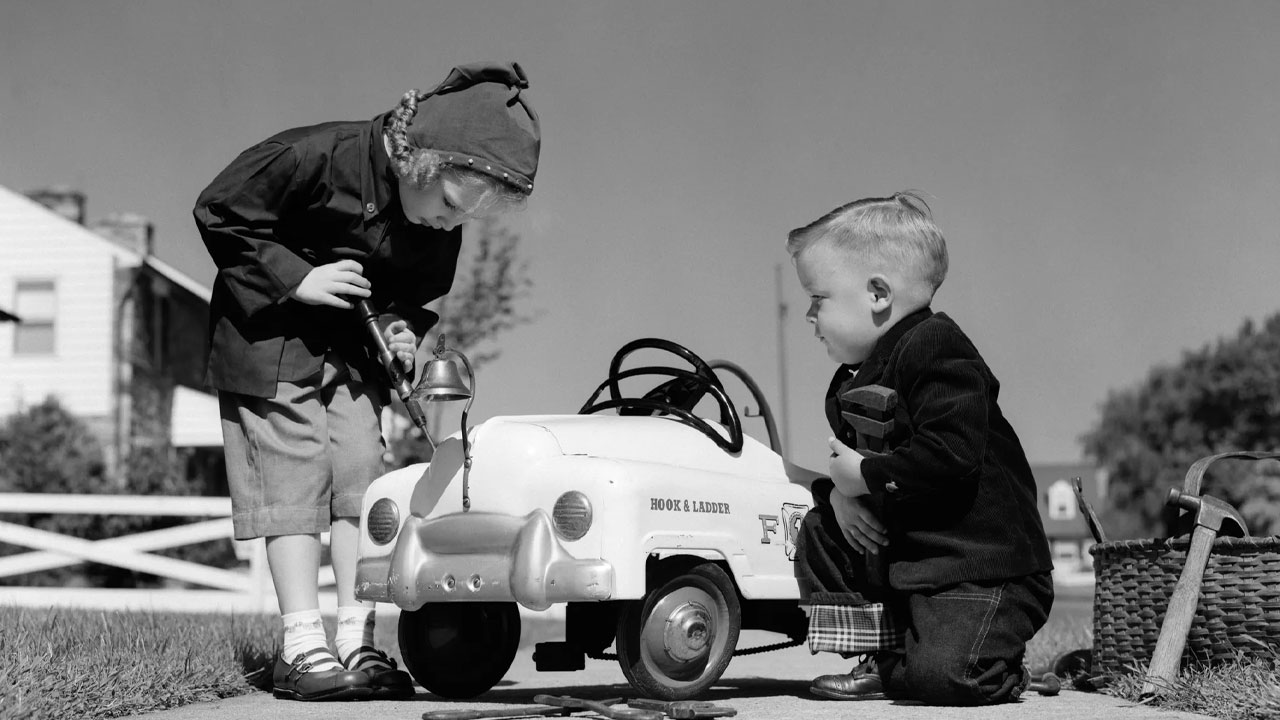
The feminism movement that took place at this time also led to the re-preference of unisex clothing. But this time Daughtersa bit began to dress masculine. This was because, Paoletti said, parents of the time wanted more opportunities for their daughters. It is worth remembering that women’s rights were not at the forefront in this period.
By 1985, unisex clothing was commonplace, influenced by the feminist movement. So what happened next?
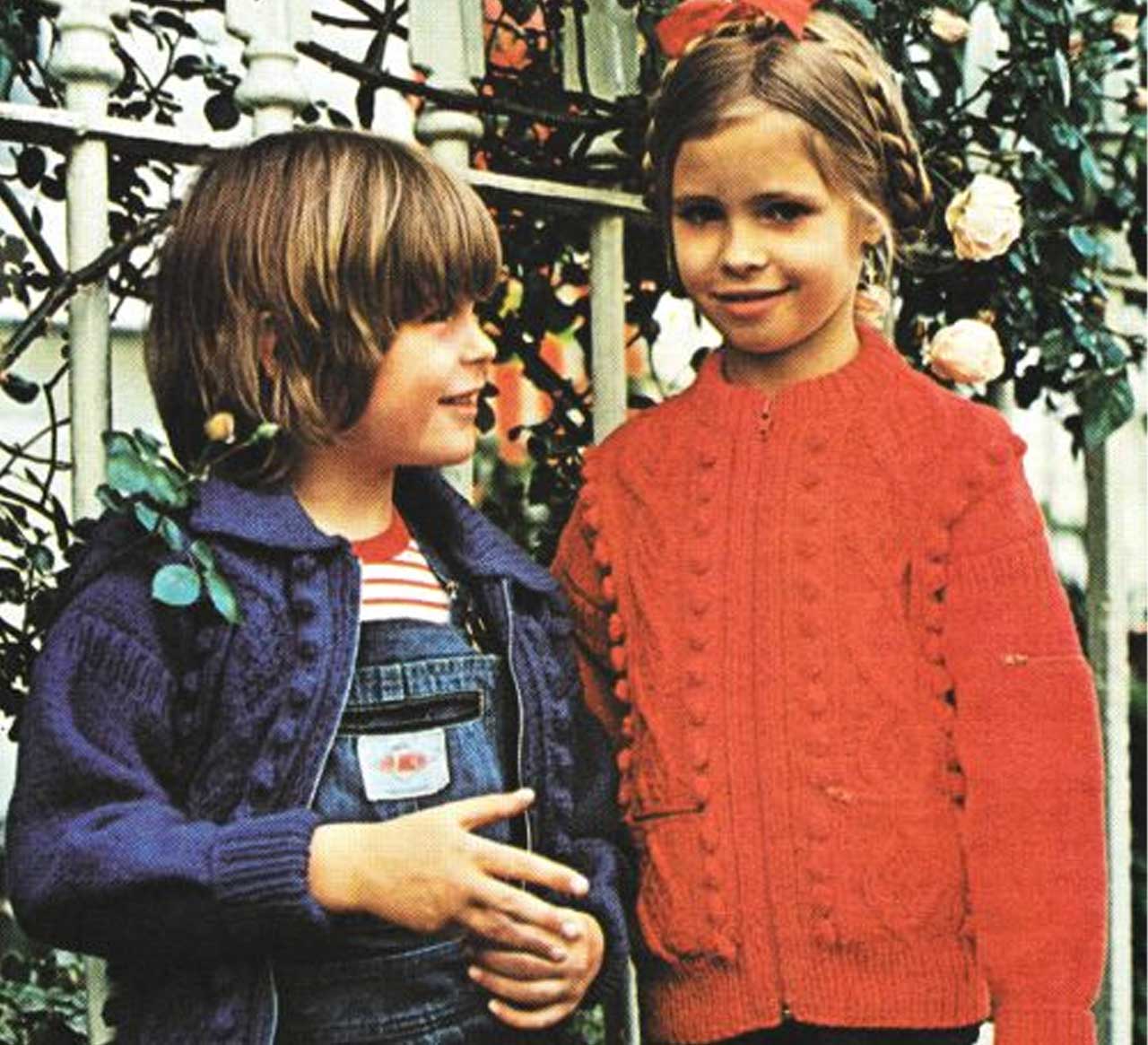
Products produced by gender began to become widespread again. There are two reasons Paoletti attributes this to. The first of these before birth the widespread advantage of being able to learn the sex of the baby. The other reason is the development of baby products according to different genders. mass production. That is, vendors produce gender-specific items (towels, diapers, etc.).
With the spread of this situation, when parents go out to shop for their babies, there is a certain gender-specific started to focus on products. Of course, the process accelerated when some parents turned to these products just to emphasize their baby’s gender. I mean, roughly, in the re-emergence of these colors suppressed by the feminist movement. technologyin the spread of of money You could say it plays a role.
In addition, according to Paoletti’s statement, the feminists of this time thought that the clothes in question made the girls look like the others. will leave behind he didn’t think.
From the 1980s to the present…
Before reading this article never questioned you can be. Or your family that it’s always like this may believe. We cannot blame anyone for not questioning these issues that even the researchers are not sure about. Because these are the rules that society has placed in our consciousness from the moment we are born. Let’s say it’s a shame not to know, not to learn.
As in the 1980s, companies marketing strategies still supports the sale of these products in certain colors to a certain gender. Of course, this is not something that only happens in our country.
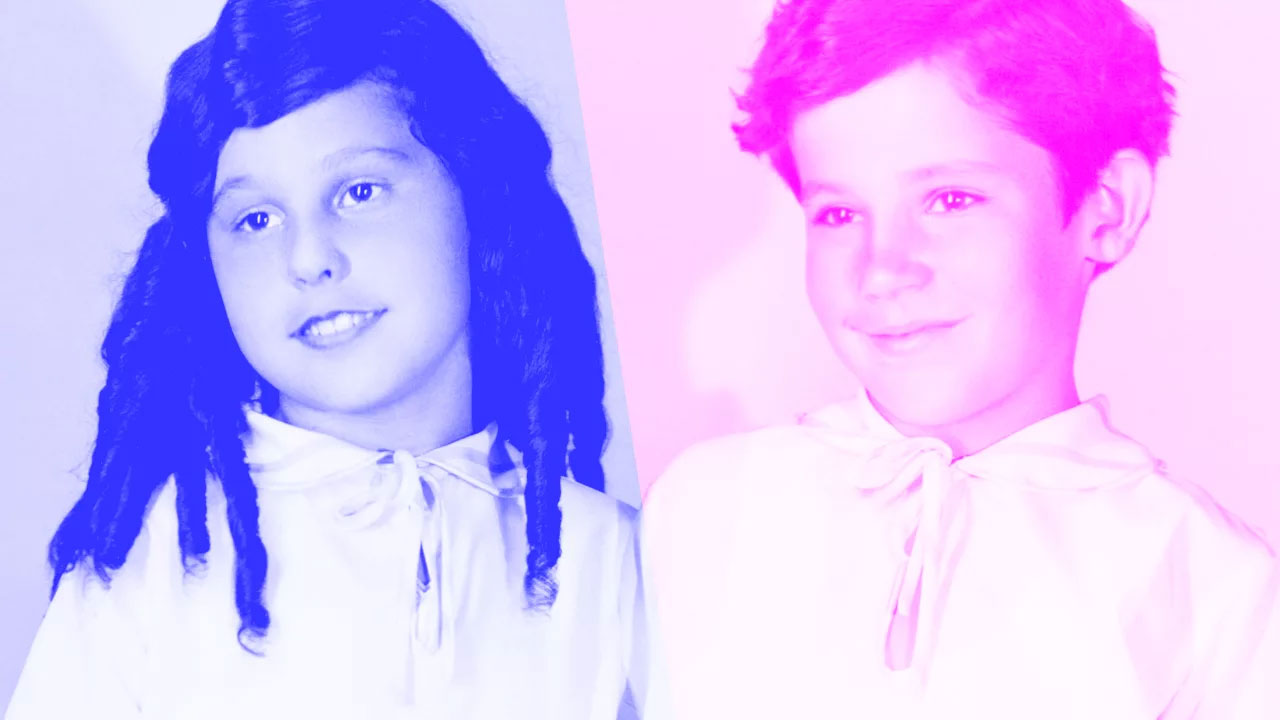
Apart from Paoletti, many researchers have worked on the same subject. And as a result of the studies carried out, the colors are gender-specific. did not leave has been proven.
RELATED NEWS
A Real Hero who gave up 160 people who wanted to end their life: Don Ritchie
For instance with 2,000 people In a survey, people were asked about their favorite color. Here men and women are mixed. mostly blue color preferred. We will be sharing it with you as more updated and precise information emerges. You can express your thoughts in the comment section.
resources: Smithsonian Magazine, The List, Live Science 1/2, Britannica, The Infographic Show, Fast Company
